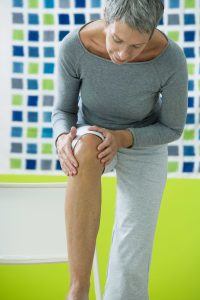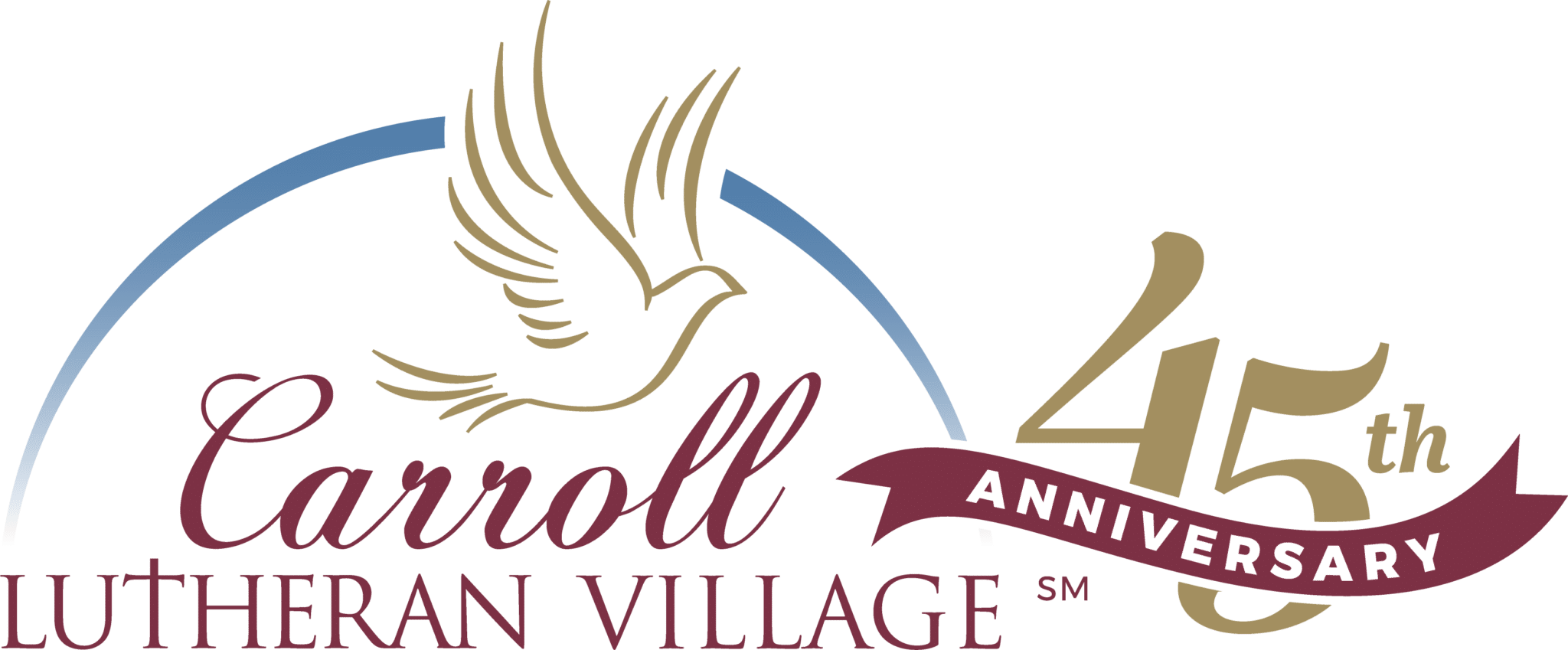 Taking care of your bones and joints are important, but more so as you age.
Taking care of your bones and joints are important, but more so as you age.
Bones are made of tissue and store minerals such as calcium and phosphorous, which keeps them strong and releases those minerals into the body, when needed. As you age, your bone structure changes, which results in a loss of bone tissue and mass. The lower bone mass you have, the weaker your bones become, putting you at greater risk for breaks from a bump or fall.
Joints are the areas where two or more bones meet without directly contacting each other. You’re likely to experience joint stiffness and less flexibility as you age because the amount of lubricating fluid inside your joints decreases and the cartilage becomes thinner. Ligaments also tend to shorten and lose some flexibility, contributing to the feeling of joint stiffness.
It’s never too late to start caring for your bones and joints. Practicing these simple tips to will help you reduce your chances of losing bone mass, experiencing joint stiffness and flexibility loss.
- Get Enough Calcium and Vitamin D
Too little Calcium can make your bones brittle and possibly contribute to fractures. Vitamin D helps your body use the calcium from your diet. Dairy products, almonds, broccoli, kale and tofu are good sources of calcium. Salmon, trout, tuna, mushrooms, eggs and fortified foods, such as milk and cereals, are good sources of vitamin D. Sunlight also contributes to the body’s production of vitamin D. You should consult your physician about taking vitamin supplements. - Avoid Substance Abuse
Smoking cigarettes can keep your body from using the calcium in your diet. People who drink a lot are more likely to get osteoporosis. - Shed Some Pounds
Your weight affects hip, knee and back strain. Every pound you lose takes four pounds of pressure off the knees. Before you start working towards a weight loss goal, it’s best you consult with your doctor. - Get Physically Active Every Day
A body in motion tends to stay in motion. Stretching can help maintain joint flexibility and exercise like walking, climbing stairs and other weight bearing exercises can make bones strong. Make sure to balance movement with rest; you don’t want to overexert yourself. If you need some help getting started, try our online exercise classes. Now, get up and move! - Go Low-Impact
Choose activities that don’t pound your joints, like walking, bicycling, swimming and strength training. You can get the heart rate up with low impact exercises – some of these you can do in a chair. If enjoy the pool, try swimming or aquatic exercises on your own or with a group. - Flex Some Muscle
Get stronger to give your joints better support. Even a little more strength makes a difference. A physical therapist or certified trainer can develop a strengthening program for you. We do this for our residents at Carroll Lutheran Village and the Lutheran Village at Miller’s Grant. - Work on Your Range
If you already have stiff joints, your doctor or physical therapist can recommend exercises to get your amount of joint movement where it should be. - Strengthen Your Core
Stronger abs, back and hip muscles help your balance, decreasing your likelihood of falling and getting injured. Yoga, Pilates or physical therapy may be good options.
Changing your eating and exercise habits for the better will have a direct effect on your quality of life as you age. As intimidating as it may seem at first, incorporating healthy food and exercise into your daily routine now will help your joints and bones continue to function and allow you to get the most out of life.
If you have concerns about your bone and joint health or you’re at risk for developing osteoporosis, contact your doctor for his/her recommendations.
About the Authors
Michael Winebrenner is the director of rehabilitation at Carroll Lutheran Village. He has his doctorate in physical therapy and has worked in the field for over 20 years.
Sheetal Patel is the director of rehabilitation at the Lutheran Village at Miller’s Grant. She has a master’s degree in physical therapy with specialized training in manual therapy from Australia and has over 20 years of experience in orthopedics and geriatrics.
